Full Art Mode
Exit Full Art Mode by clicking on Page or ESCTouch screen to exit Full Art Mode
skip
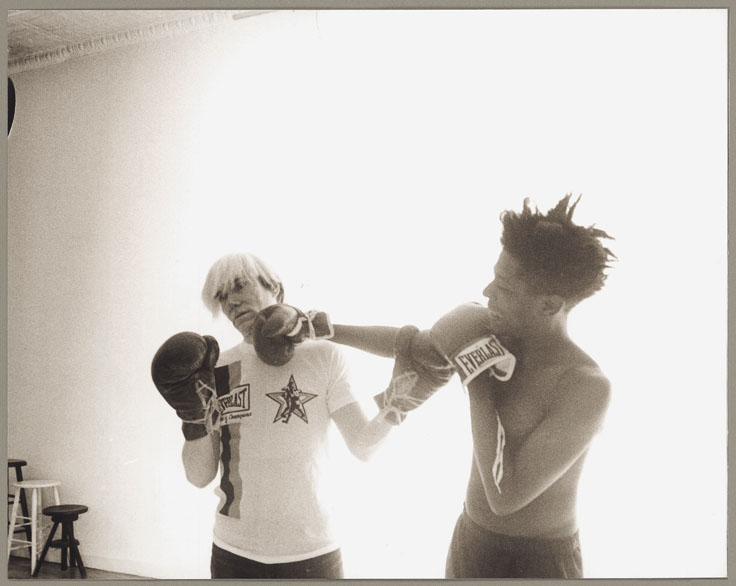
review
Warhol / Basquiat
16.10.2013 - 02.02.2014
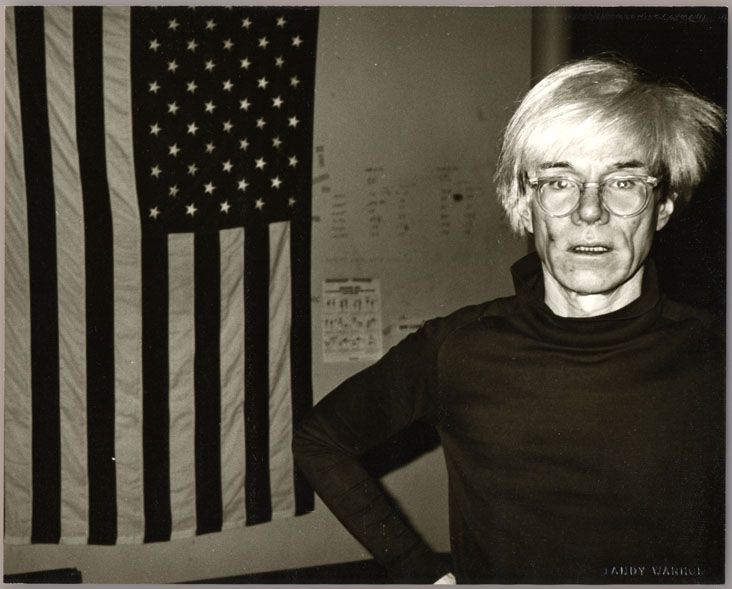
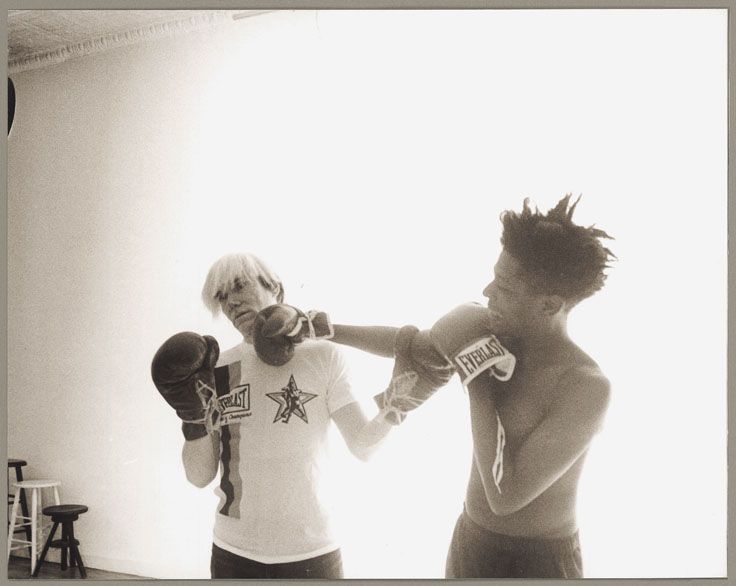

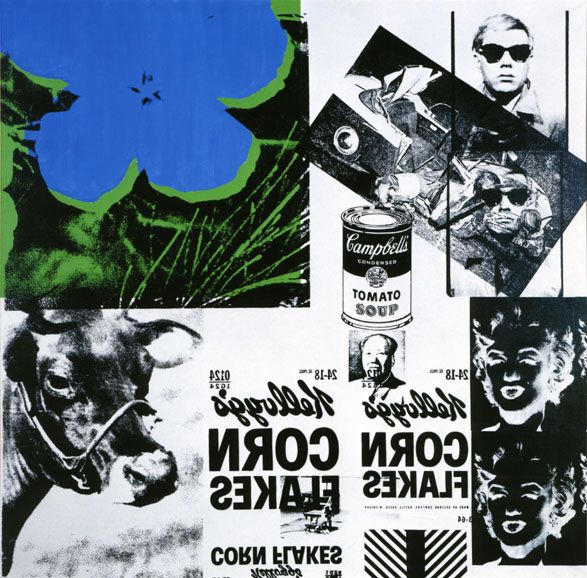
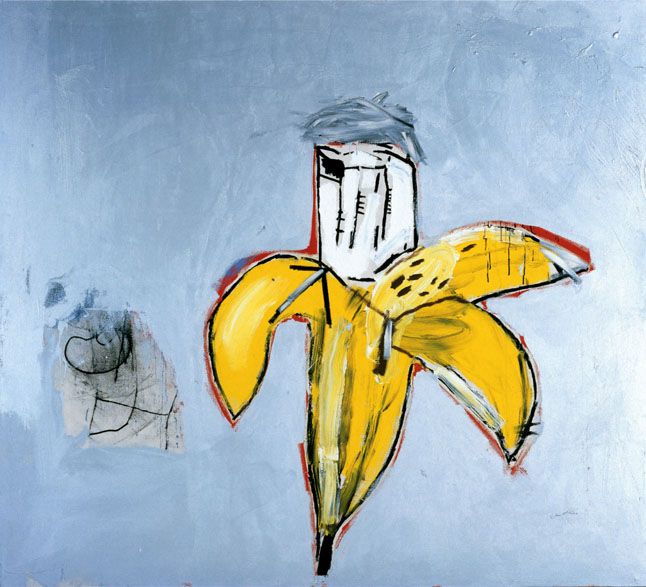
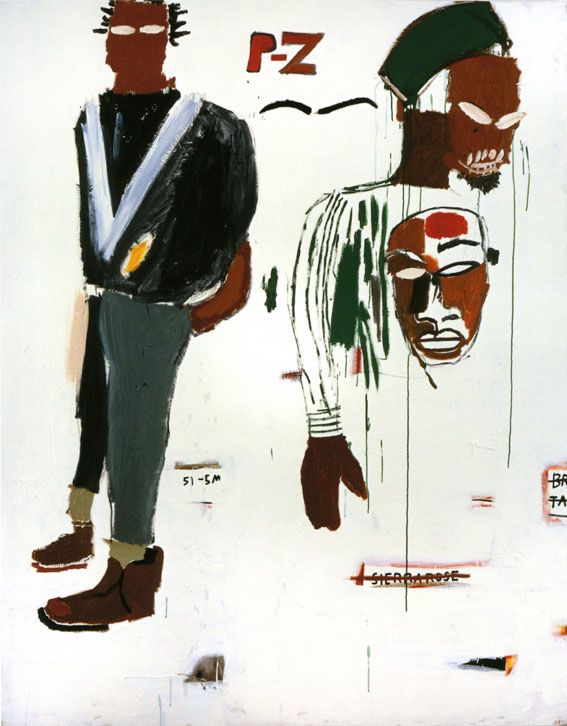
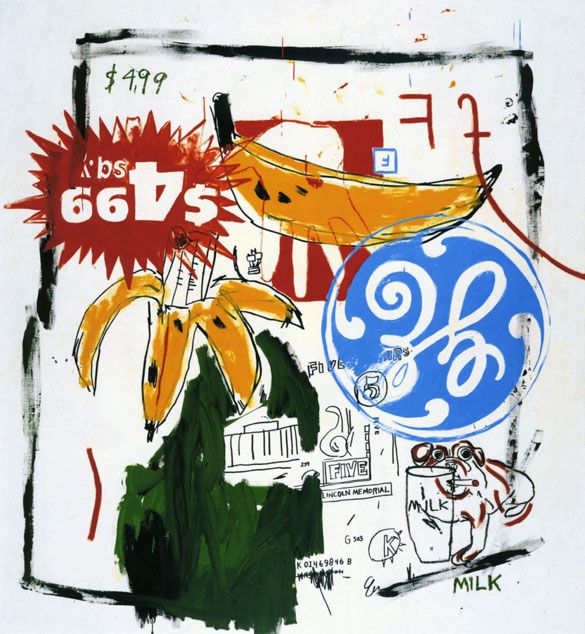
In winter 2013/14, the Kunstforum is putting on a major show of works by Andy Warhol and Jean-Michel Basquiat. In the years 1984/85, the two star artists produced a large number of joint works that show the two very different artist personalities generating a fascinating and richly facetted creative electricity between them. A complementary visual language: Warhol’s emblematic, concentrated personal touch versus the spontaneous wildness of Basquiat.
Individual works are on show as well as the collaborations. Warhol’s works are primarily taken from his parallel periods of creativity, when he was mainly producing pictures executed by hand in black-and-white. This concentrated and purely graphic production – most are markings of everyday objects, signs and writing – clearly recall Warhol’s pioneer phase of Pop Art around 1960, when the artist appropriated consumer goods and motifs from the real world (newspaper advertisements, shoes, cars, etc.). These highlights of Pop Art in the exhibition confront his works from the nineteen-eighties. After a long stretch working with screen printing in Factory manner, Warhol returned to his personal style. This is surely due to the collaborations with Basquiat and his eruptive approach. The Warhol section in the exhibition is supplemented with icons of Pop Art from the nineteen-sixties and –seventies. A monumental retrospective painting unites Warhol’s legendary screen-printing subjects of Campbell’s Soup Can, Marilyn, Flowers and Electric Chair. Visitors can also encounter Old Master superstars in the pictures of Mona Lisa and the paraphrase of Leonardo’s Last Supper: the latter series is also one of the summits of Warhol’s last creative period.
The exhibition also includes major works by Basquiat: paintings and drawings produced between 1981 and 1986. While his early phase still re-echoes with the graffiti style, the pictures since the mid nineteen-eighties become more small-scale in structure and more detailed in the setting of motifs. This is reflected most of all in the drawings, which teem with traces of text and objects. One of the Basquiat’s main sources is the classic medical textbook Gray’s Anatomy; also the anatomical master drawings by Leonardo da Vinci. Basquiat’s work is one of the great landmarks within the New Painting movement of the nineteen-eighties, the artist’s authentically expressive signature, off the beaten track of the “Malerfürst”, the “salon lion” painter of postmodernism, cultivating and flaunting his own public image.
review
Siegfried Anzinger
13/02/2014 - 27/04/2014
review
